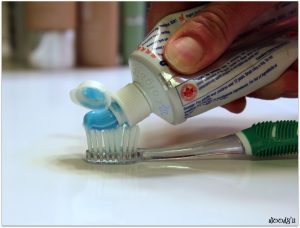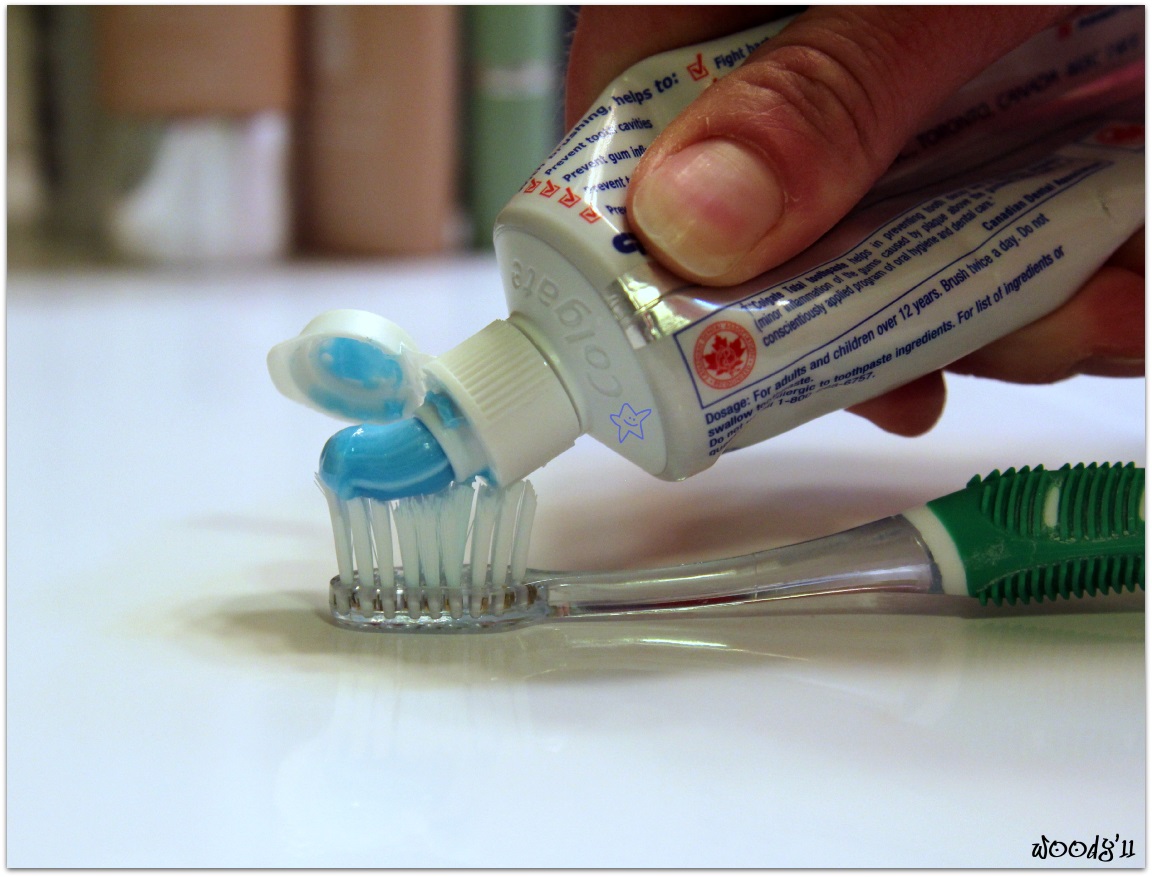Small plastics are filling up our rivers and our stomachs
What does toothpaste, skin cream, and the St. Lawrence River have in common? Millions upon millions of plastic beads.
Evidence of this large scale pollution was brought to light two weeks ago when researchers from McGill University and the Government of Quebec came forward with their results. As reported in the Montreal Gazette on Sept. 26, the team found “over 1,000 microbeads per litre of sediment, a magnitude that rivals the world’s most contaminated ocean sediments”.

If this weren’t cause enough for concern, according to Alex Tyrrell, leader of the Green Party of Quebec and environmental science student at Concordia University, there is a real danger “that the microbeads will accumulate in the waterways and manage their way back up the food chain.” In addition to the fact that these beads are made of plastic, Tyrrell cites that there have been some claims that they may also absorb toxins already present in the river.
Although particles are typically filtered out of the water supply before it is returned to the river, according to Tyrrell, the beads are simply too small. In addition, he states that any operation which could be used to remove the plastic would be too expensive to implement due both to the size of the particles in question and of the river itself.
The questions cosmetic consumers need to be asking themselves is why. Why do the companies who make these products feel the need to add microbeads in the first place? Well, plastic has been added into skin creams to exfoliate dead skin cells. It has also been added to toothpastes for purely aesthetic reasons. According to Dr. Euan Swan, a spokesperson with the Canadian Dental Association, in an interview with Global News on Sept. 23, “the beads serve no functional purpose in toothpaste”. What’s troubling is that some of these beads are being swallowed inadvertently by those who use such products.
What the individual can do is move away from using products that contain microbeads. There are many products on the market that contain biodegradable substances instead of plastic. Companies such as Johnson & Johnson, L’Oreal, and Unilever have agreed to remove microbeads from their product lines.
Another way to join the fight against this type of pollution is by pushing for legislation against the use of such ingredients. At the time of writing, the state of Illinois is the only place in North America where microbeads are banned. The Green Party of Quebec is hoping to change this.
“[The Green Party] are calling on the provincial government to ban plastic micro beads from all personal hygiene products,” said Tyrell. “Doing so would very quickly stop further pollution from occurring. It is also our feeling that once a handful of jurisdictions have banned the plastics that the manufactures will extend their ban across the entire content in order to have uniform distribution.”
The inclusion of micro beads in cosmetics and toothpaste is unnecessary and harmful to both our environment and ourselves. Together we can send a message and make a difference.
To learn more about the issue and sign the petition to ban microbeads in Quebec go to: http://www.en.pvq.qc.ca/microplastics




